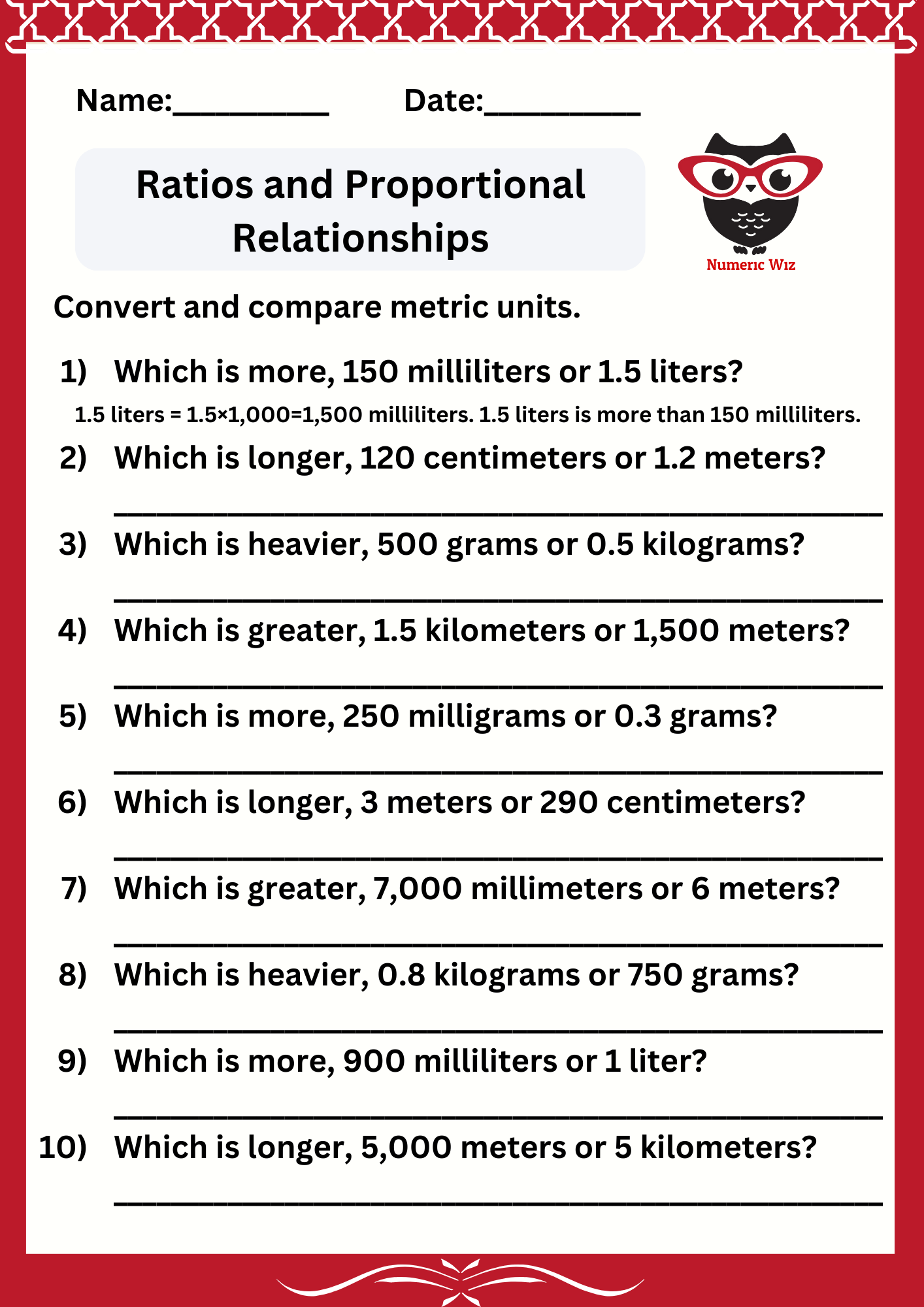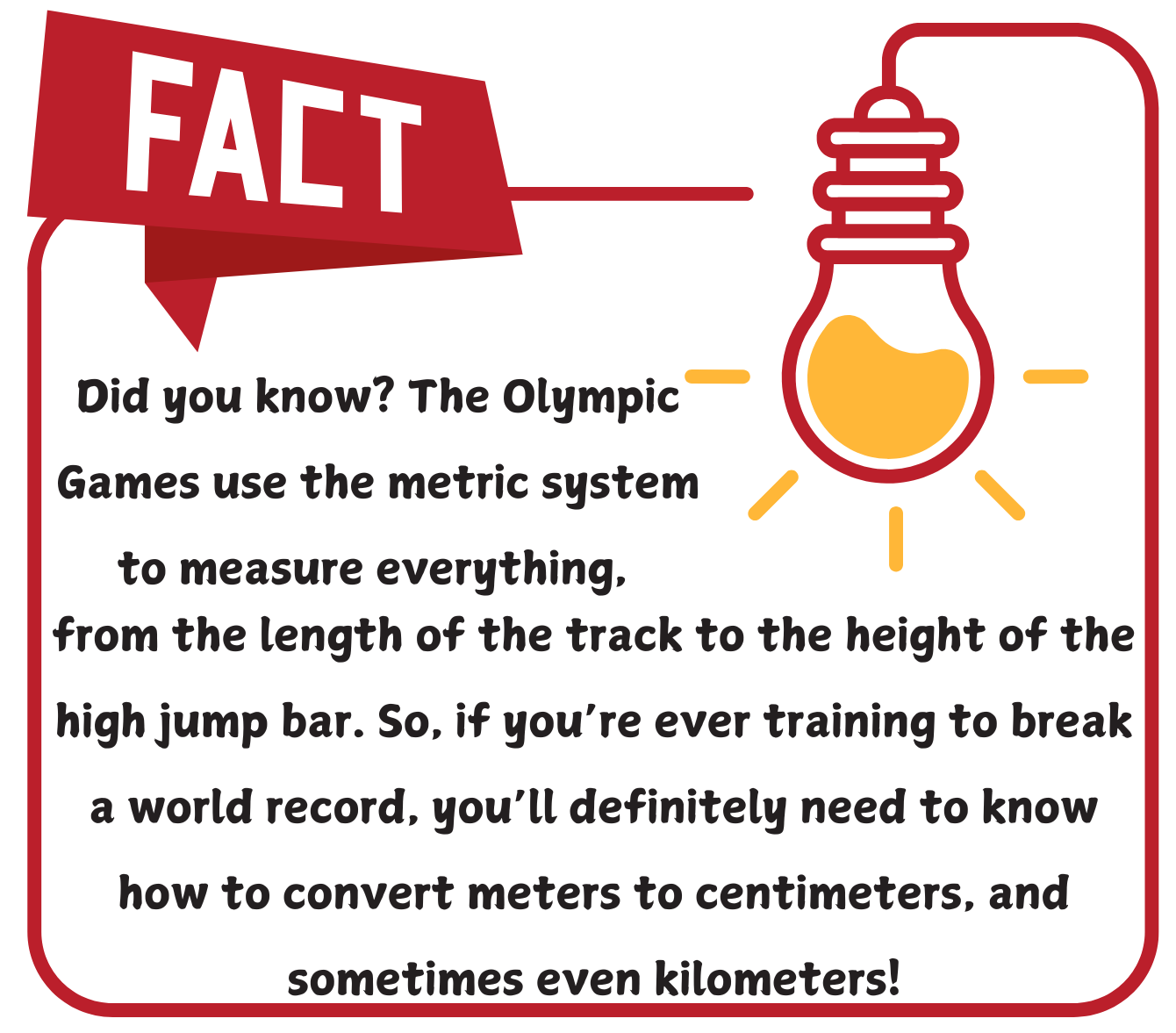
The metric system is used around the globe, from science labs to sports fields. It’s a simple and organized system that makes it easy to work with measurements like distance, mass, and volume. But to fully understand it, you need to know how to convert and compare different metric units—whether you’re traveling, cooking, or working on a school project.
Whether you’re calculating how far you’ve walked, how much something weighs, or how much paint you need for a project, understanding metric conversions helps you avoid mistakes and ensure your measurements are spot on. Imagine you're traveling to another country—converting kilometers to miles will help you plan your journey accurately.
✔ Convert between common metric units, like meters, centimeters, kilometers, grams, and liters.
✔ Compare different metric units to help understand the scale and make real-world decisions.
✔ Use ratio reasoning to manipulate units when multiplying or dividing, making it easier to adjust quantities.

Imagine you’re baking a cake and the recipe calls for 500 grams of flour. But your measuring cups are in cups! How do you convert that? Using your knowledge of metric units, you’ll know that 1 cup is roughly 120 grams, so you can quickly convert and figure out how many cups you need!
Example Problem:
Convert 2.5 kilometers into meters.
We know that 1 kilometer = 1,000 meters. So:
2.5 km × 1,000 = 2,500 meters.
This conversion is key: Now, imagine if you wanted to compare that to how many meters are in a 5-kilometer race. You’d be able to use this conversion to compare and plan your training better!
Let’s explore together! You'll learn how to easily compare kilometers and miles to make your conversions simple!
For a limited time
